In late May, China launched the first commercial flight of the C919, the country’s first domestically produced civilian aircraft. In a symbolic event, the plane took off from Shanghai’s Hongqiao International Airport and landed in Beijing, marking a major milestone for the Commercial Aviation Corp of China (COMAC).
This is considered a step by China in an effort to eliminate the monopoly of the Boeing 737 aircraft manufactured by the Boeing Corporation (USA) and the Airbus A320 by the Airbus Corporation (Europe). According to Reuters, the C919 will initially serve the domestic Chinese market and target potential Asian countries.
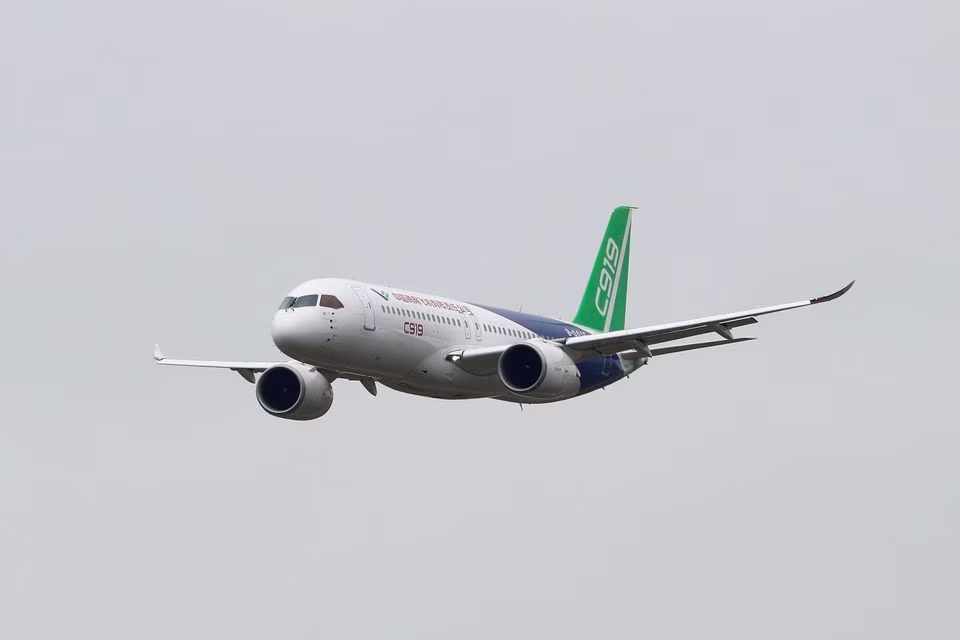
China's C919 passenger jet at the China International Aviation and Aerospace Exhibition in November 2022
In an article on The Interpreter , Australian public policy consultant Kazimier Lim said the significance of China’s launch of the C919 goes beyond economic considerations. According to him, the C919 is the latest tool in China’s foreign policy, just as the Douglas DC-3 revolutionized former US President Franklin D. Roosevelt’s air diplomacy.
Air diplomacy
Perhaps no aircraft has had a greater impact on international aviation politics after World War II than the DC-3, Lim said. It was one of the first commercial passenger jets. Its long range and comfortable seating allowed it to maximize profits without relying on water.
Roosevelt repeatedly said that the DC-3 was a valuable tool for strengthening America's foreign relations. During his foreign trips, in addition to using the presidential C-54 Skymaster, Roosevelt also brought along a squadron of DC-3s as a symbol of America's prestige.
Former President Roosevelt also donated DC-3 aircraft to countries of strategic importance. Most notably, King Abdul Aziz of Saudi Arabia gave one as a symbol of diplomacy and friendship after Roosevelt’s historic meeting with the king along the Suez Canal on February 14, 1945.
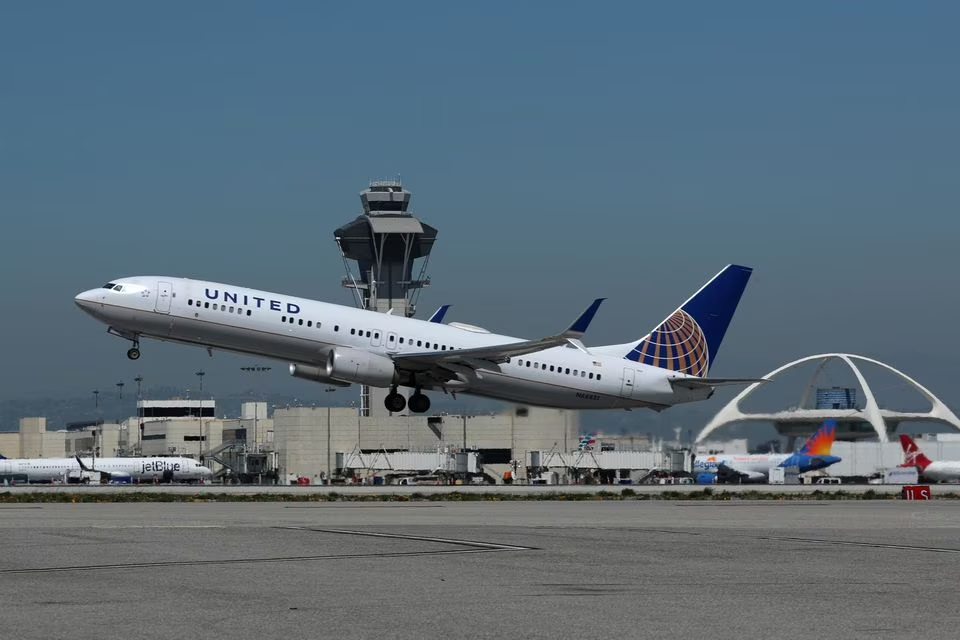
United Airlines Boeing 737-900ER takes off from Los Angeles International Airport, USA in 2018
Six years later, the two countries signed the Mutual Defense Assistance Treaty, a formal defense pact that cemented their bilateral relationship. The DC-3 also helped spur the creation of Saudia, the national airline of Saudi Arabia.
China’s C919 has similar potential for President Xi Jinping’s foreign policy. It carries symbolic value as China’s foray into great power politics in international aviation. In doing so, Beijing can leverage the C919 to strengthen diplomatic ties and advance its political influence globally.
Strengthening relations with Russia, Iran and North Korea
Currently, only domestic Chinese airlines have ordered the C919 for short-haul domestic flights, according to the South China Morning Post. Therefore, to promote the aircraft as a technological breakthrough and a symbol of China, the C919 needs to reach foreign markets.
To do that, according to expert Lim, Mr. Xi's government needs to target two specific customer groups to strengthen its diplomatic influence.
The first group includes China’s partners facing international sanctions, including Russia, Iran and North Korea. In response to Russia’s military campaign in Ukraine, the West has sanctioned Moscow’s civil aviation industry, imposed no-fly zones and seized aircraft.
Meanwhile, Iran’s commercial aviation sector has been battered by years of conflict, poor infrastructure, neglect and underinvestment. International sanctions have made it nearly impossible to procure aircraft parts. North Korea faces similar problems.
Therefore, the three countries of Iran, Russia and North Korea are considered potential markets, which can bring many opportunities for the C919, helping to strengthen China's influence internationally.
Strengthening cooperation with developing countries
The second group includes emerging countries on the international stage that Beijing wants to bring into its sphere of influence. TransNusa, an Indonesian airline, has previously purchased Chinese ARJ21 small jets, according to a report by Flightradar24 .
Other Indonesian carriers, including national carrier Garuda Indonesia, have also signaled they will invest in Chinese aviation technology. In addition, emerging powers such as India, which manufacture aircraft components, may move away from Western technology to promote Asian-made aircraft for Asians.
Kenya and Ethiopia have also accepted railway infrastructure investments from Beijing and are open to Chinese aviation technology.
Still, the C919 and China have a lot of work to do if they want to break the duopoly of Boeing and Airbus. According to The Interpreter , Beijing needs to address customer confidence issues, including concerns about safety, reliability, and performance, while ensuring that the price can compete with Western-made aircraft.
Source link


![[Photo] Nhan Dan Newspaper announces the project "Love Vietnam so much"](https://vstatic.vietnam.vn/vietnam/resource/IMAGE/2025/4/17/362f882012d3432783fc92fab1b3e980)
![[Photo] Closing of the 4th Summit of the Partnership for Green Growth and the Global Goals](https://vstatic.vietnam.vn/vietnam/resource/IMAGE/2025/4/17/c0a0df9852c84e58be0a8b939189c85a)
![[Photo] National Assembly Chairman Tran Thanh Man meets with outstanding workers in the oil and gas industry](https://vstatic.vietnam.vn/vietnam/resource/IMAGE/2025/4/17/1d0de4026b75434ab34279624db7ee4a)
![[Photo] Promoting friendship, solidarity and cooperation between the armies and people of the two countries](https://vstatic.vietnam.vn/vietnam/resource/IMAGE/2025/4/17/0c4d087864f14092aed77252590b6bae)
![[Photo] General Secretary To Lam receives French Ambassador to Vietnam Olivier Brochet](https://vstatic.vietnam.vn/vietnam/resource/IMAGE/2025/4/17/49224f0f12e84b66a73b17eb251f7278)

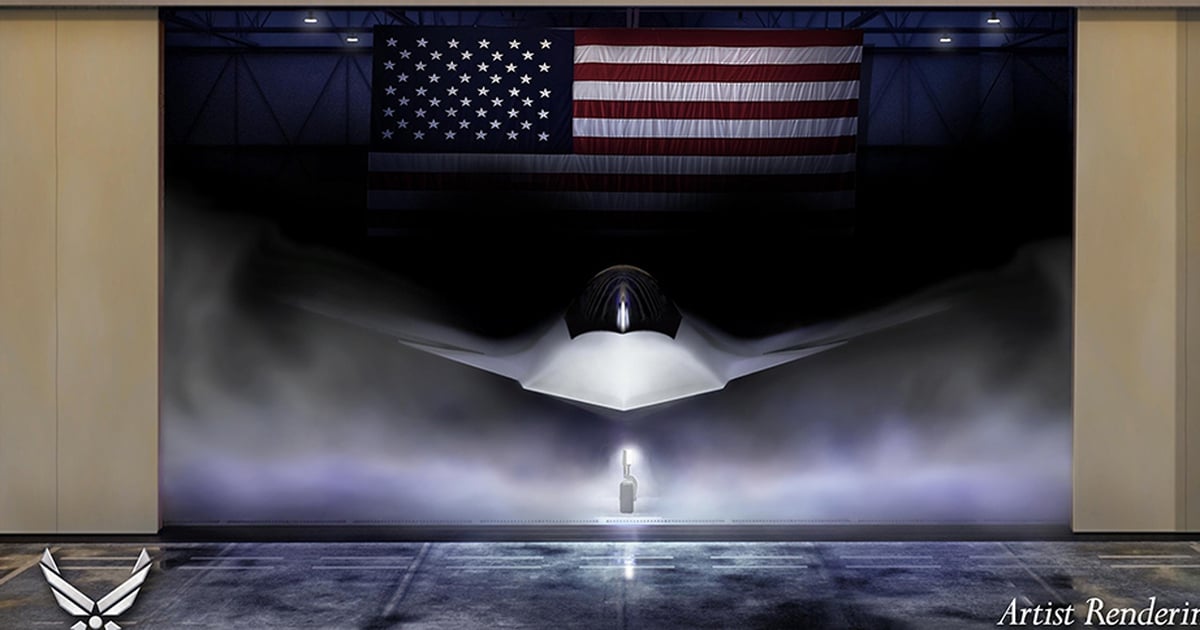
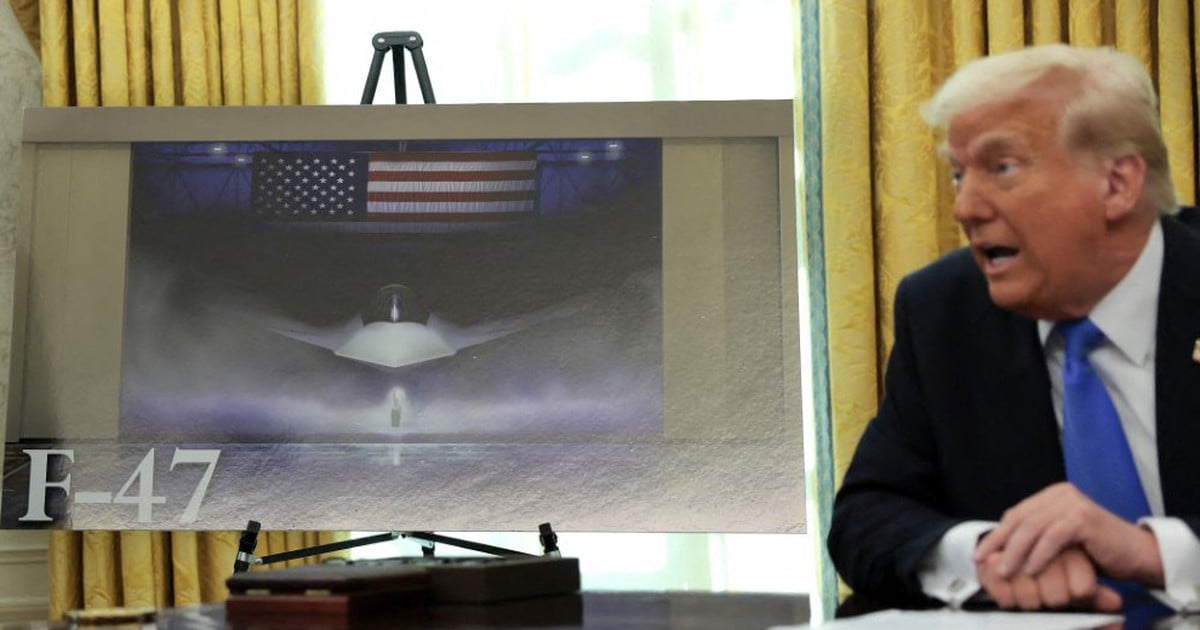


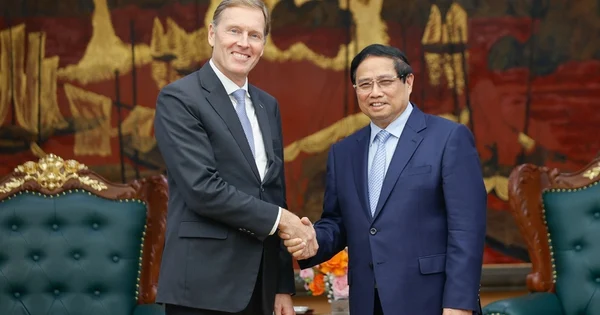



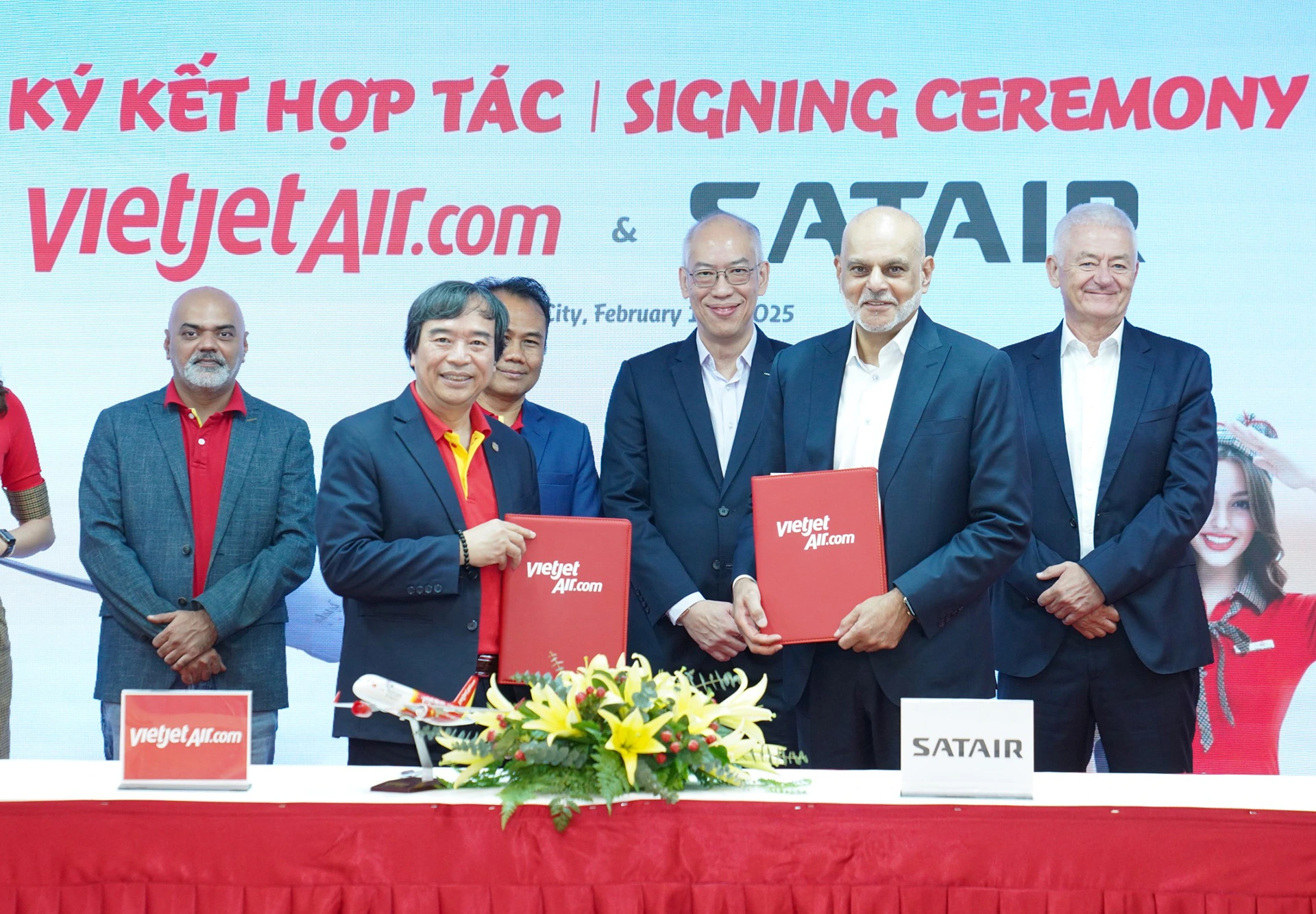

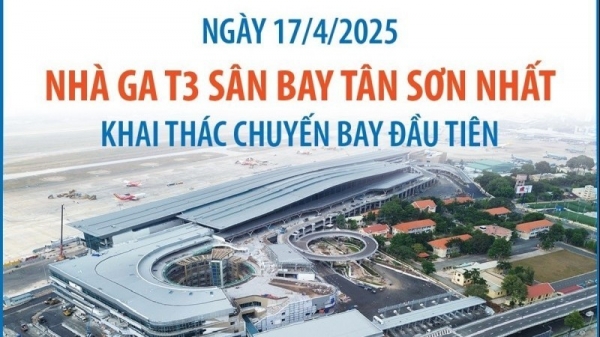
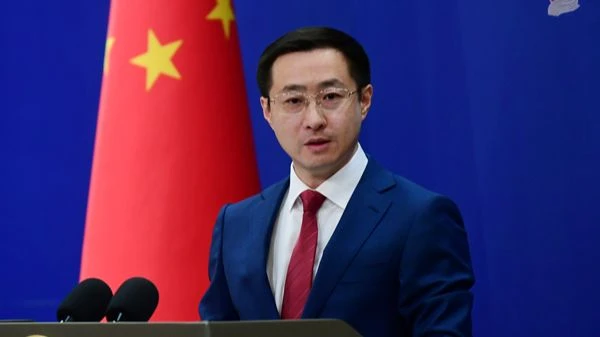













![[Photo] Welcoming ceremony for Chinese Defense Minister and delegation for friendship exchange](https://vstatic.vietnam.vn/vietnam/resource/IMAGE/2025/4/17/fadd533046594e5cacbb28de4c4d5655)




























![[Video] Viettel officially puts into operation the largest submarine optical cable line in Vietnam](https://vstatic.vietnam.vn/vietnam/resource/IMAGE/2025/4/17/f19008c6010c4a538cc422cb791ca0a1)
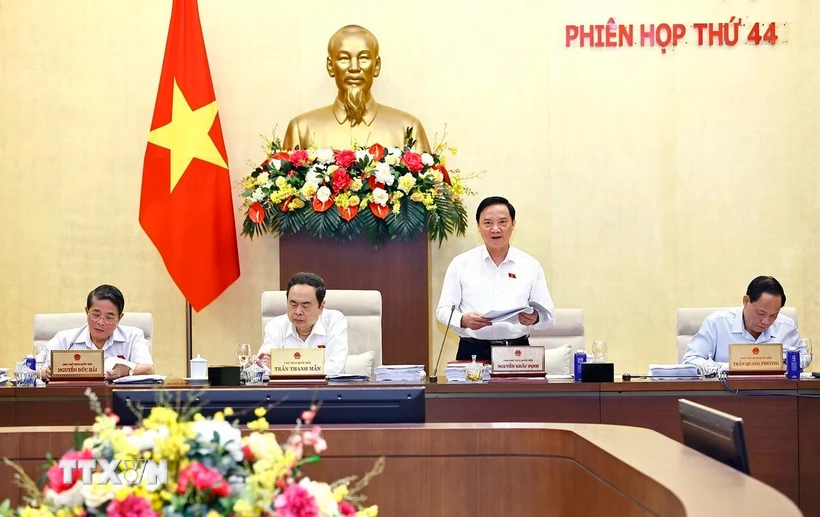
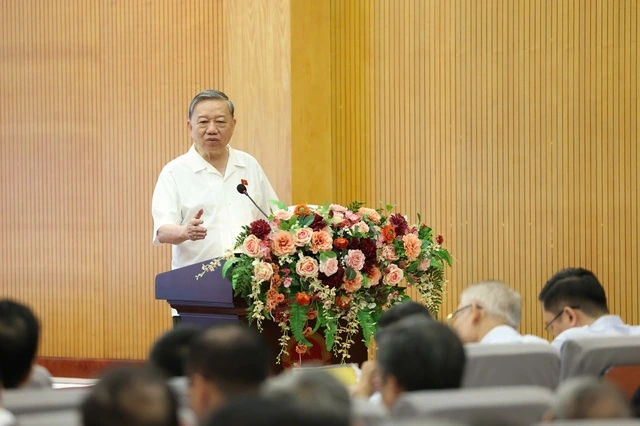
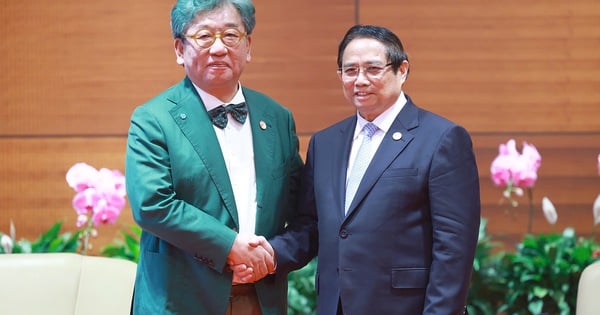

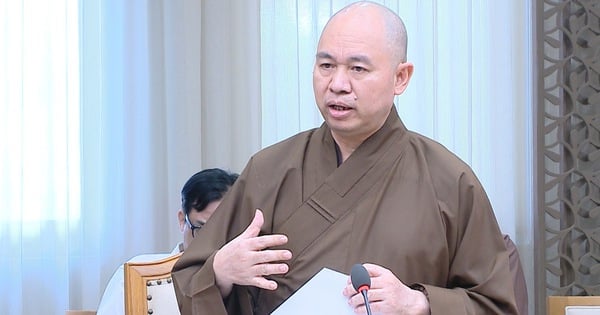
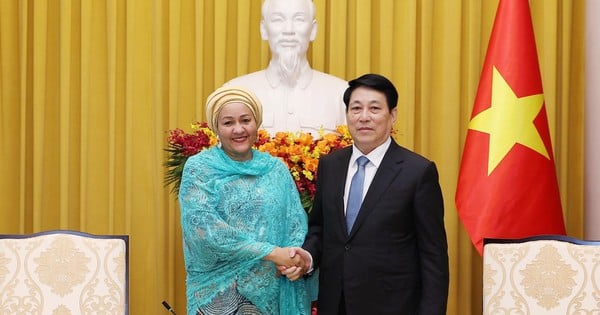




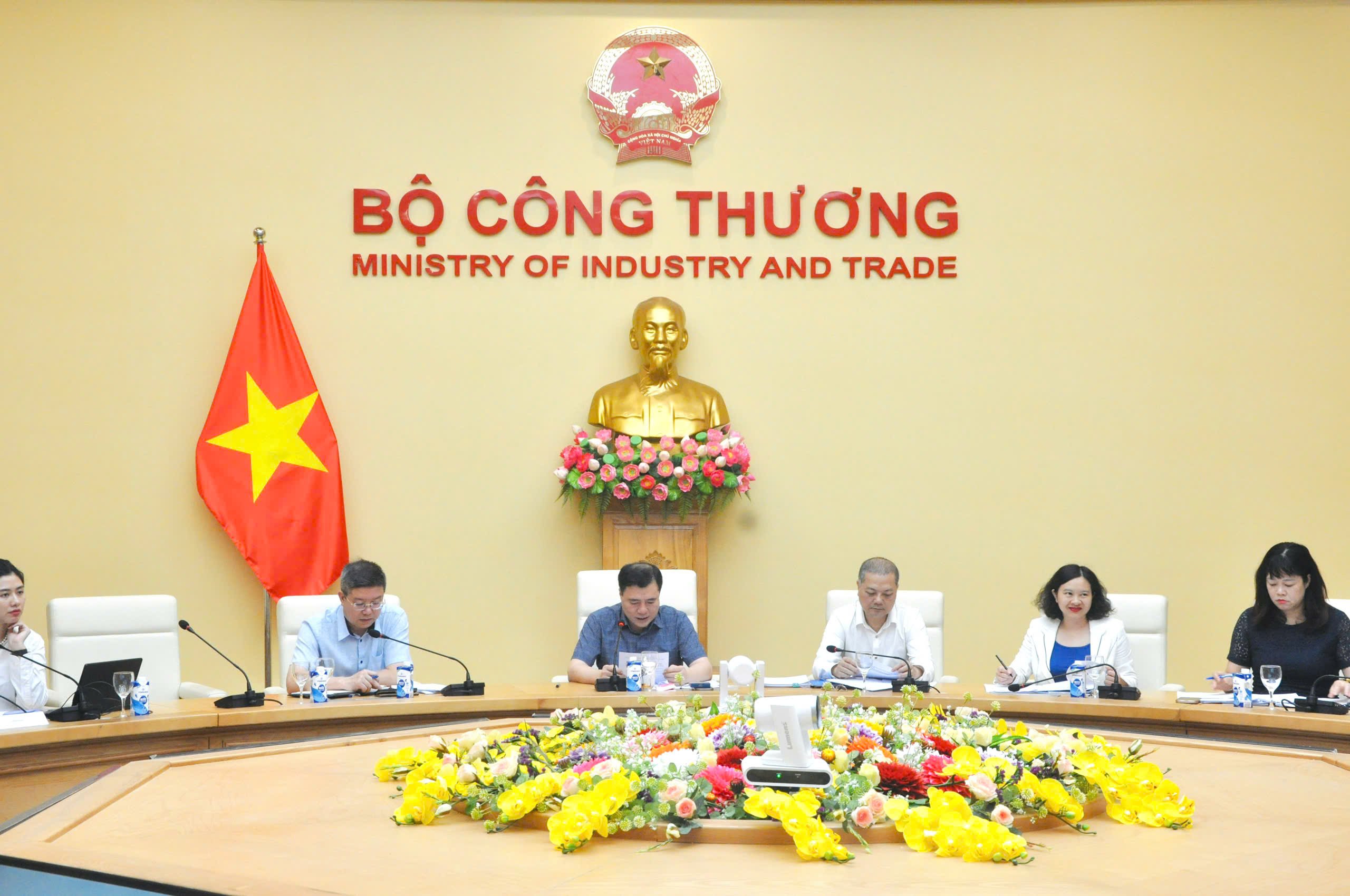



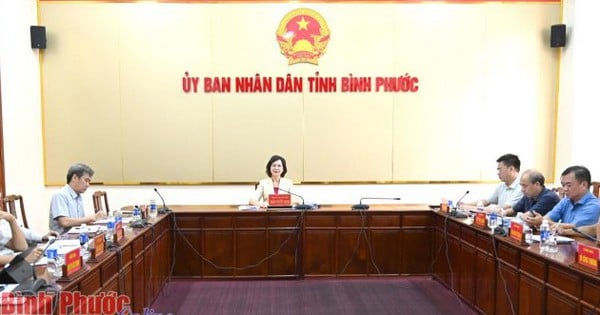

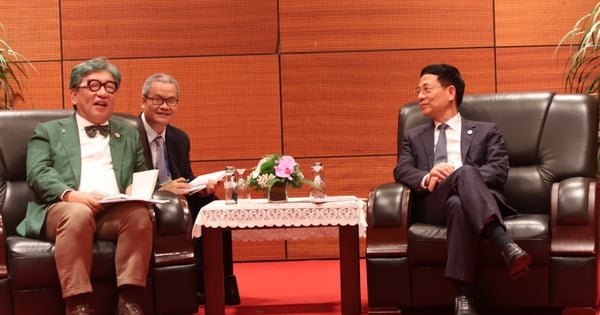




















Comment (0)